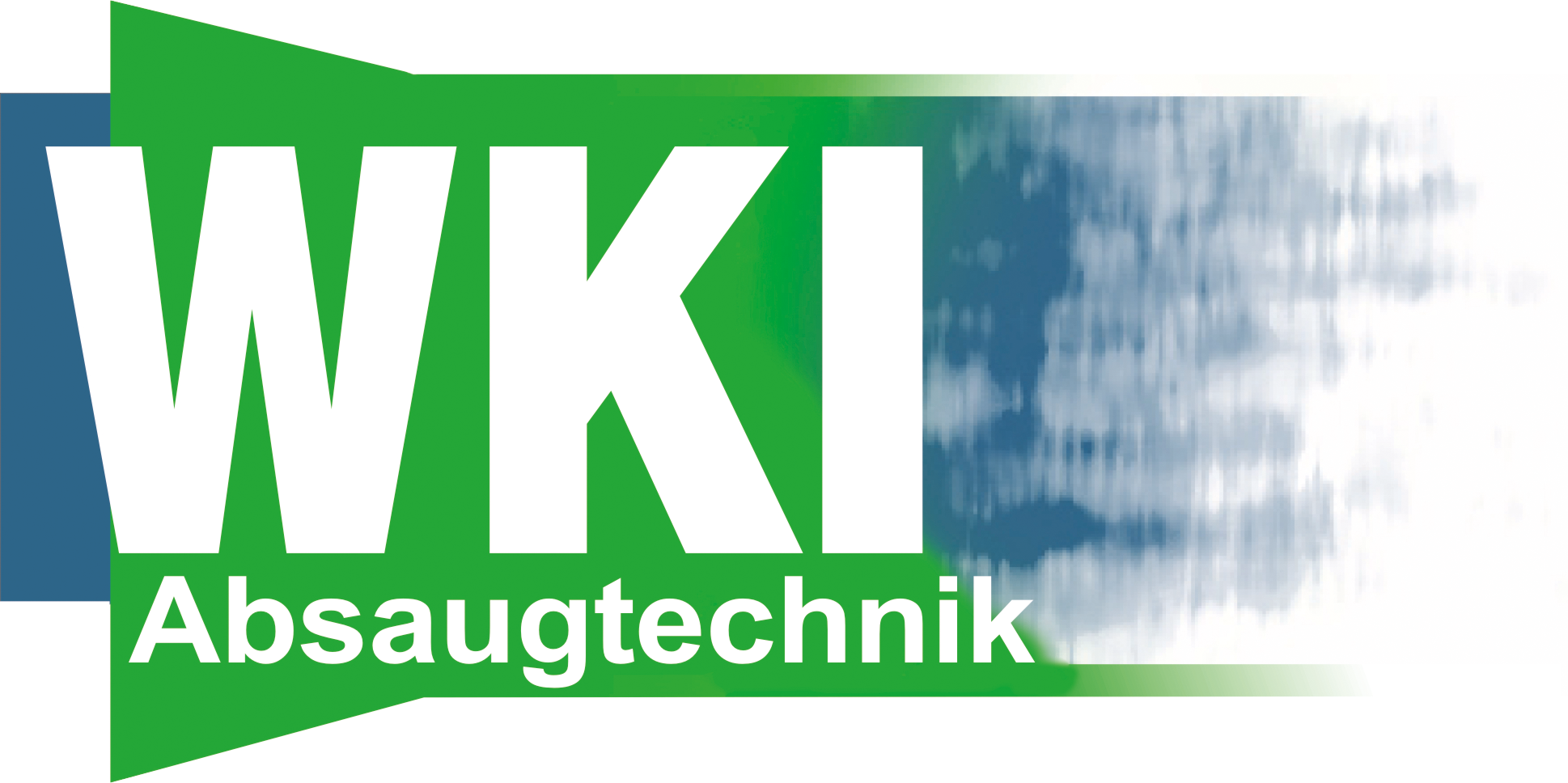Dedusting Plants

JET 5.000 m³/h
These devices are particularly characterized by highest quality of workmanship for heavy industrial employment. The individual construction permits the highest possible flexibility with regard to the areas and locations of application.
This type of device can be adapted individually to the respective local conditions. The geometrical variants as well as the possible accessories are as various as the many different purposes. In principle this type of filter can be used for all dry types of dust with particle sizes >1µ
See an overview of different geometrical variants.
JET 10.000 m³/h
This illustration shows two identically constructed devices for a volumetric air flow of 10.000 m ³ /h.
It has been built for Continental AG in order to exhaust Rubber-Talkuum mixtures.


JET 15.000 m³/h Ex-Protection
This picture shows a dust filter in pressure-resistant design with explosion protection equipment. In this case, the system was designed for the dust explosion zone 22.
From an explosion pressure of 0.1 bar the rupture discs burst and the explosion pressure escapes to the outside.
According to the same principle, we will decouple the raw gas line in the case of an explosion. This prevents the explosion wave from spreading into the production area.
JET 30.000 m³/h
WKI plants are applicable for almost all industrial ranges. The individual engineering, the custom-made plant technology as well as the availability of many different filtering mediums permit the employment for most kinds of dust and the required clean-gas-values.
Also the Jet-Puls-technology with critical suction-media is mastered by innovative technology.


JET 50.000 m³/h
JET 62.000 m³/h
This image shows the dusting of machining centers for the ceramic processing.
This system was supplied for Pyrotek in England (Milton Keynes) and mounted. As discharge for the suction property serves a srwe conveyor and a rotary gate valve. This system works under pressure controlled. The less machining centers are in operation, the smaller and more energy efficient is the extraction.


